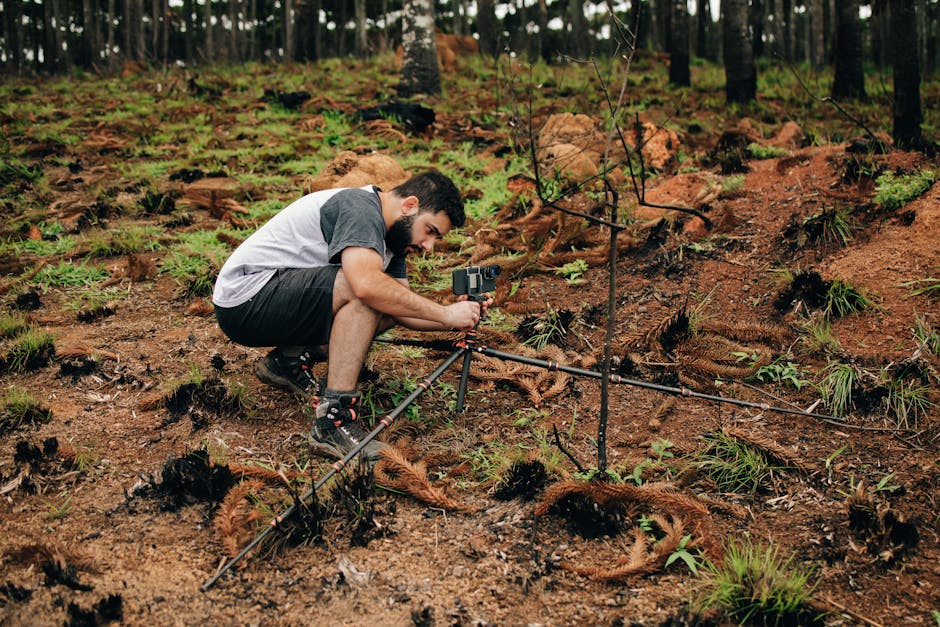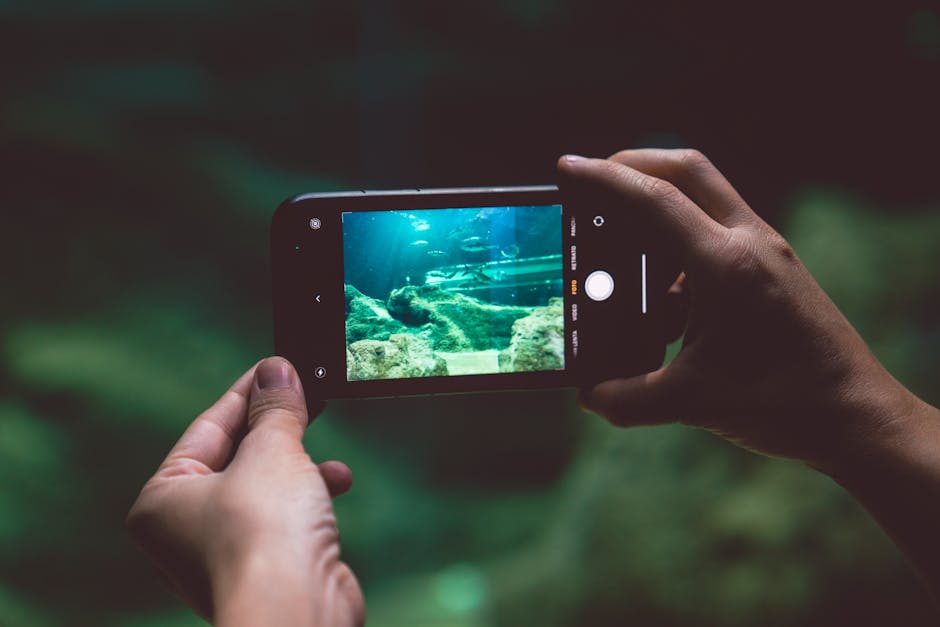The Role of Tech in Wildlife Conservation
Did you know that technology plays a crucial role in protecting wildlife? From tracking endangered species to fighting poaching, tech is changing the game for conservationists. Lets dive into how these tools help save animals and their habitats.
What is Wildlife Conservation?

Wildlife conservation aims to protect animals and their habitats. It includes efforts to maintain biodiversity and prevent species extinction. The balance of ecosystems relies on every creature, from the tiniest insects to the largest mammals. When one species disappears, it can affect many others. That’s why conservation is so important!
How Does Technology Help Wildlife Conservation?

Technology enhances conservation efforts in many ways. It makes tracking, monitoring, and protecting wildlife easier and more effective. Lets explore some of the key tech tools used today.
What are GPS Collars and Tracking Devices?

GPS collars are like a Fitbit for animals. They allow scientists to monitor an animals movements in real time. By wearing these collars, researchers can gather valuable data about their habits and habitats.
- Tracking Migration: Many species migrate long distances. GPS helps track their routes. For example, scientists can follow the journey of a migrating bird from one continent to another.
- Understanding Behaviors: By seeing where animals spend their time, researchers learn about their feeding and breeding behaviors.
Using GPS technology has transformed wildlife conservation. It helps identify critical areas that need protection and informs policies to safeguard these places.
Why Are Drones Important for Conservation?

Drones offer a birds-eye view of wildlife habitats. They can cover vast areas quickly and efficiently. This is especially useful in places that are hard to reach.
- Monitoring Wildlife: Drones can capture images and videos of animals in their natural habitats without disturbing them.
- Detecting Poaching: Drones can also patrol areas for poachers or illegal activities, acting as an extra set of eyes for rangers.
With drones, conservationists can gather data on animal populations and monitor ecosystem health without getting too close. it’s a win-win for both researchers and wildlife!
How are Camera Traps Used in Conservation?
Camera traps are another exciting tool in wildlife conservation. These automatic cameras capture images of animals when they walk by. They help researchers gather data without being intrusive.
- Studying Rare Species: Camera traps can document rare or elusive animals that are hard to spot otherwise.
- Monitoring Populations: They help track population changes over time, giving researchers vital information on species health.
Camera traps have revolutionized how scientists study wildlife. By collecting data quietly, they can learn a lot about animal behavior, migration, and more.
What Role Does Data Analysis Play?
Data analysis is crucial in wildlife conservation. With the amount of data collected from GPS collars, drones, and camera traps, researchers need to make sense of it all.
- Big Data Insights: Analyzing large datasets can reveal patterns and trends in animal behavior and environmental changes.
- Predictive Modeling: Scientists can use data to predict future changes in wildlife populations or habitats, helping them plan conservation efforts.
By turning data into actionable insights, conservationists can make informed decisions that benefit wildlife and ecosystems.
How Are Mobile Apps Supporting Conservation Efforts?
Mobile apps are making it easier for everyone to get involved in wildlife conservation. These apps connect volunteers, researchers, and the public. They provide information on how to help protect wildlife.
- Citizen Science: Apps allow users to report animal sightings, which helps researchers track populations and distributions.
- Education and Awareness: Many apps offer educational resources about local wildlife and conservation efforts.
With just a smartphone, anyone can contribute to conservation efforts and help protect nature.
What are the Challenges of Using Tech in Conservation?
While technology offers many benefits, it also comes with challenges. Conservationists must navigate these hurdles to make the most of tech.
- Cost: Some technology can be expensive. Budget constraints may limit what conservation programs can afford.
- Data Privacy: There are concerns about data management and ensuring the information is used responsibly.
- Technical Skills: Not all conservationists are tech-savvy. Training is essential to effectively use new tools.
Despite these challenges, many organizations are finding innovative ways to incorporate technology into their work.
What Can You Do to Help Wildlife Conservation?
You don’t need to be a scientist to contribute to wildlife conservation. Here are some simple ways you can help:
- Support Conservation Organizations: Donate or volunteer with local wildlife groups.
- Participate in Citizen Science: Use apps to report wildlife sightings or participate in local conservation projects.
- Educate Yourself and Others: Stay informed about wildlife issues and share what you learn.
Your actions can make a difference! Every bit helps in the fight to protect our planets wildlife.
Conclusion: Embracing Technology for a Better Future
Technology plays a vital role in wildlife conservation. From GPS collars to drones, these tools help protect endangered species and their habitats. While challenges exist, the benefits outweigh the downsides. By working together and embracing technology, we can ensure a brighter future for wildlife.
Want to learn more about how technology intersects with nature? Check out the World Wildlife Fund’s resources on technology in conservation.
Remember, every small action counts. Whether you volunteer, donate, or simply spread the word, you can be a part of the solution!



